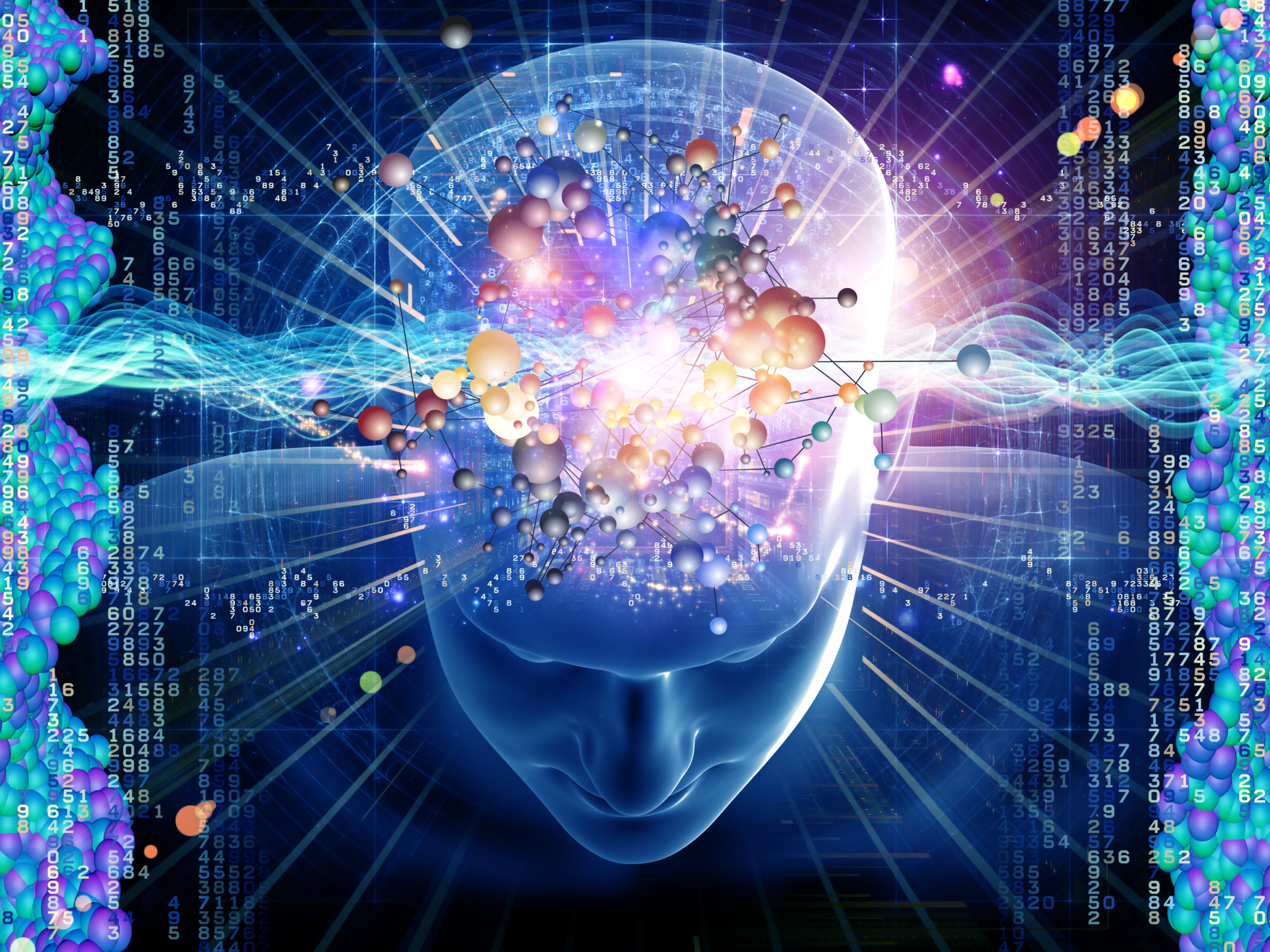The Brain Makes Its Own Ghosts
In a new study, researchers were able to induce people to feel a presence behind them using a robot, which has implications for understanding schizophrenia and consciousness itself.
When I was little, whenever I climbed a flight of stairs in the dark, the climbing quickly turned to running. About halfway up the steps, every time, I was overcome with an unshakeable certainty that there was a monster behind me, chasing me. I won’t say I never get that feeling anymore, but I force myself to walk up the stairs slowly and calmly when it happens now, swallowing my fear. That’s called being an adult.The sense of someone near you when no one is actually there is called “feeling of presence” or FOP, apparently, according to a new study in Current Biology that identified the regions of the brain associated with this sensation and, wildly, recreated it in a lab setting.
“Although it is described by neurological and psychiatric patients and healthy individuals in different situations, it is not yet understood how the phenomenon is triggered by the brain,” the study reads.
First the researchers, who mostly hailed from Ecole Polytechnique Fédérale de Lausanne (EPFL) in Switzerland, studied the brains of 12 patients with neurological disorders (mainly epilepsy) who had experienced FOP, and found lesions in three regions of their brains: the insular cortex, frontoparietal cortex, and temporoparietal cortex. These areas deal with self-awareness, movement, and spatial positioning, suggesting that when sensorimotor signals get confused, people can feel presences that aren’t there.
Further supporting this argument was the next experiment, in which the researchers had a robot give confusing sensorimotor signals to healthy people with no neurological disorders, and were able to create FOP on command. Participants controlled the robot by moving a stick in front of them, which caused a metal arm behind them to touch them on the back in the same pattern, as seen in the video below.
The robot’s touch was either simultaneous with the participant’s movements, or delayed by half a second, explains Giulio Rognini, a researcher and roboticist at EPFL’s Laboratory of Cognitive Neuroscience.
“The participants reported this feeling of a presence only in the condition where there’s a delay,” he said.
But these people’s brains were un-lesioned. The conflict between people’s movement and the touch they felt was enough to cause the sense of a presence, but Rognini says it’s not really clear what happens in a healthy brain to make it feel that way.
There could be a “problem in attribution of our own actions that can cause this feeling of a presence,” he says. He cites the example of Reinhold Messner, a mountaineer who has said he felt a third, invisible climber, alongside him and his brother while they descended the Nanga Parbat mountain in Pakistan. The feeling could have had something to do with the high altitude, Rognini says, or it could have been because the motion of climbing is so repetitive that Messner’s brain just sort of forgot about the movements and misattributed them to a spectral ghost climber. It’s hard to know.
Aside from just being cool and spooky, this study could have real implications for how science understands schizophrenia. It’s possible that the signal confusion Rognini describes could account for some symptoms schizophrenia patients experience—like feeling as though they’re being controlled by an alien presence, for example. That’s why the researchers’ next steps are to get schizophrenia patients to try out the robot, and see if the effect it produces feels similar to their symptoms.
It also reveals something interesting about consciousness in general—that it’s not necessarily a given that our brains always understand what our bodies are doing, or even that they’re our bodies. “The brain has multiple representations of the body,” Rognini says, “and these are usually integrated together and give us a unitary experience of the body and self in space and time. We show that when there is some damage to the brain or some trick played by a robot, a second representation of our body arises in a way that gets perceived by us but not as our body but as the presence of another human being. Physically this presence is already hidden inside our minds.”
Ghosts are scary. Also scary is the idea that the delicate balance of the brain can be disrupted in a way that makes us unable to see ourselves as ourselves. But that’s science for you, always working toward explanations for the inexplicable. And in this case, the results are pointing toward a not-so-magical, if still fantastic explanation: The ghosts were always us.

No comments:
Post a Comment